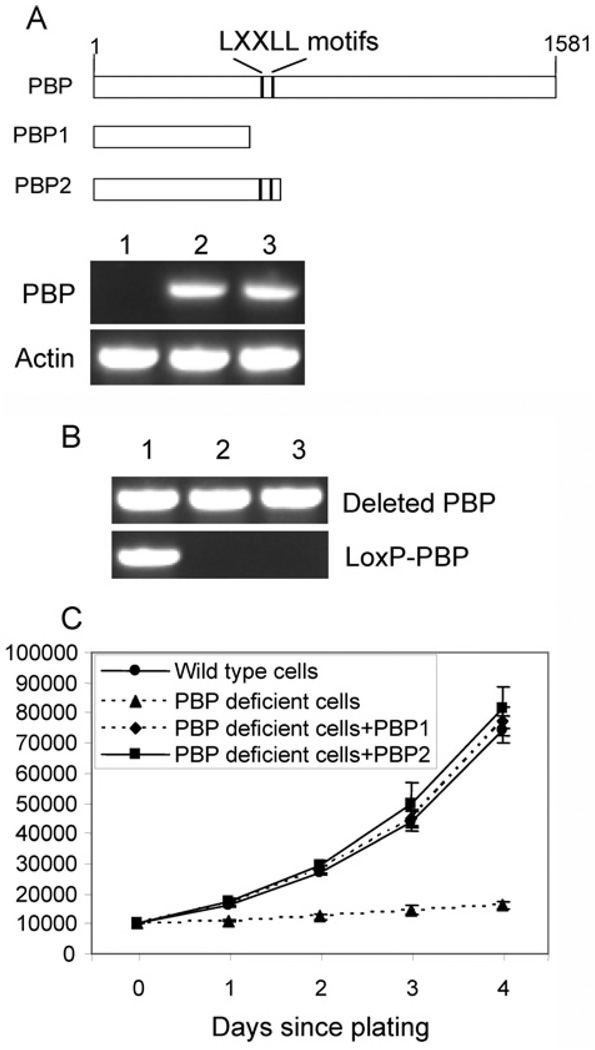Figure 4. Truncated PBP without LXXLL motifs reversed the growth inhibition.
(A) Expression of truncated PBPs.PBPLoxP/LoxP Notch4-immortalized cells expressing Cre-ERtam were infected with retroviruses expressing truncated PBPs or control viruses. Two truncated PBPs (PBP1 and PBP2) were created (top panel). The two LXXLL motifs are indicated. After being selected with G418, the expression of truncated PBP was revealed by RT–PCR (bottom panel). Lane 1, cells infected with a control retroviral vector; lane 2, cells infected with retroviral PBP1; lane 3, cells infected with retroviral PBP2. (B) The PBP gene was mutated in cells expressing PBP1 or PBP2, but not in cells transfected with the control vector. PCR was performed with primers specific for the LoxP-PBP transgene and deleted PBP gene (Lane 1, +control; lane 2, +PBP1; lane 3, +PBP2). (C) Vigorous growth of PBP knockout cells expressing either PBP1 or PBP2. Cells expressing PBP1 or PBP2, cells infected with the control vector or wild-type Notch4-immortalized cells were treated with tamoxifen for 2 days and then plated and counted at the indicated time points. The proliferation of PBP knockout cells expressing PBP1 or PBP2 was not inhibited (P < 0.001).

